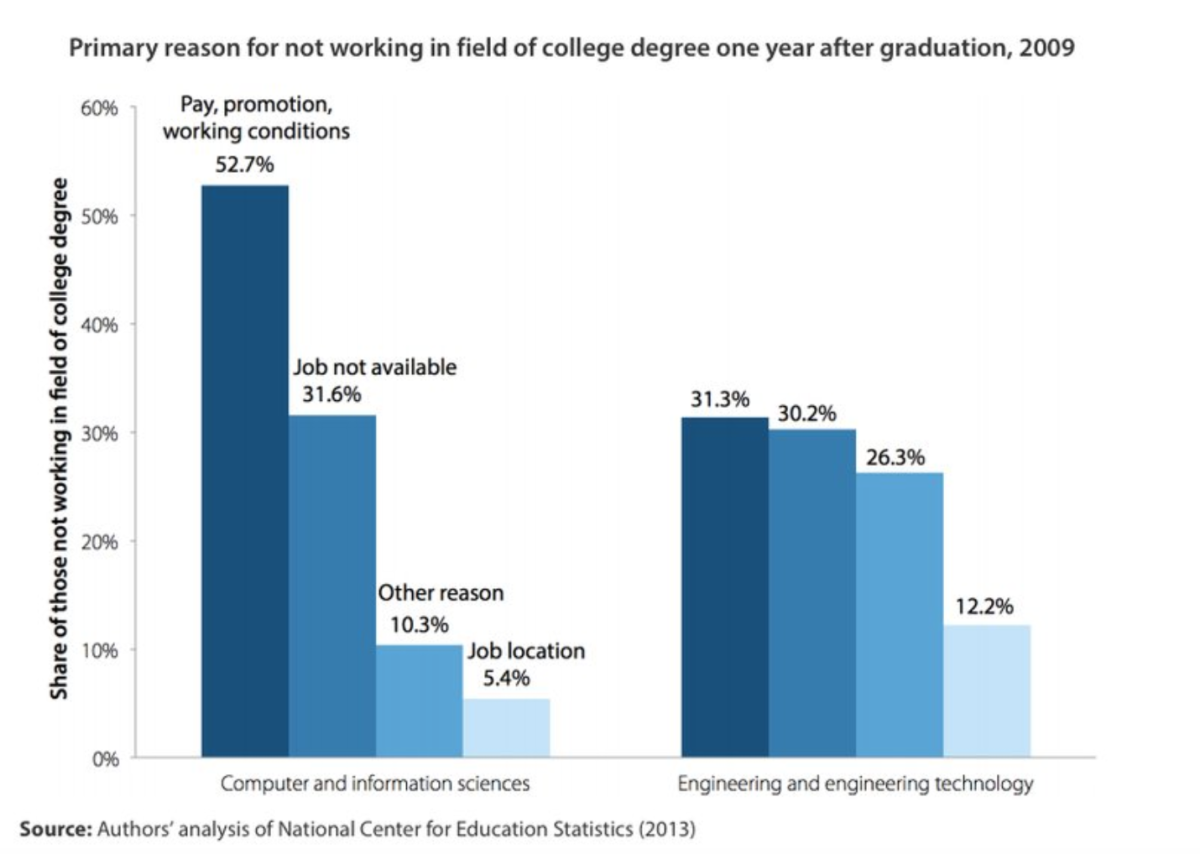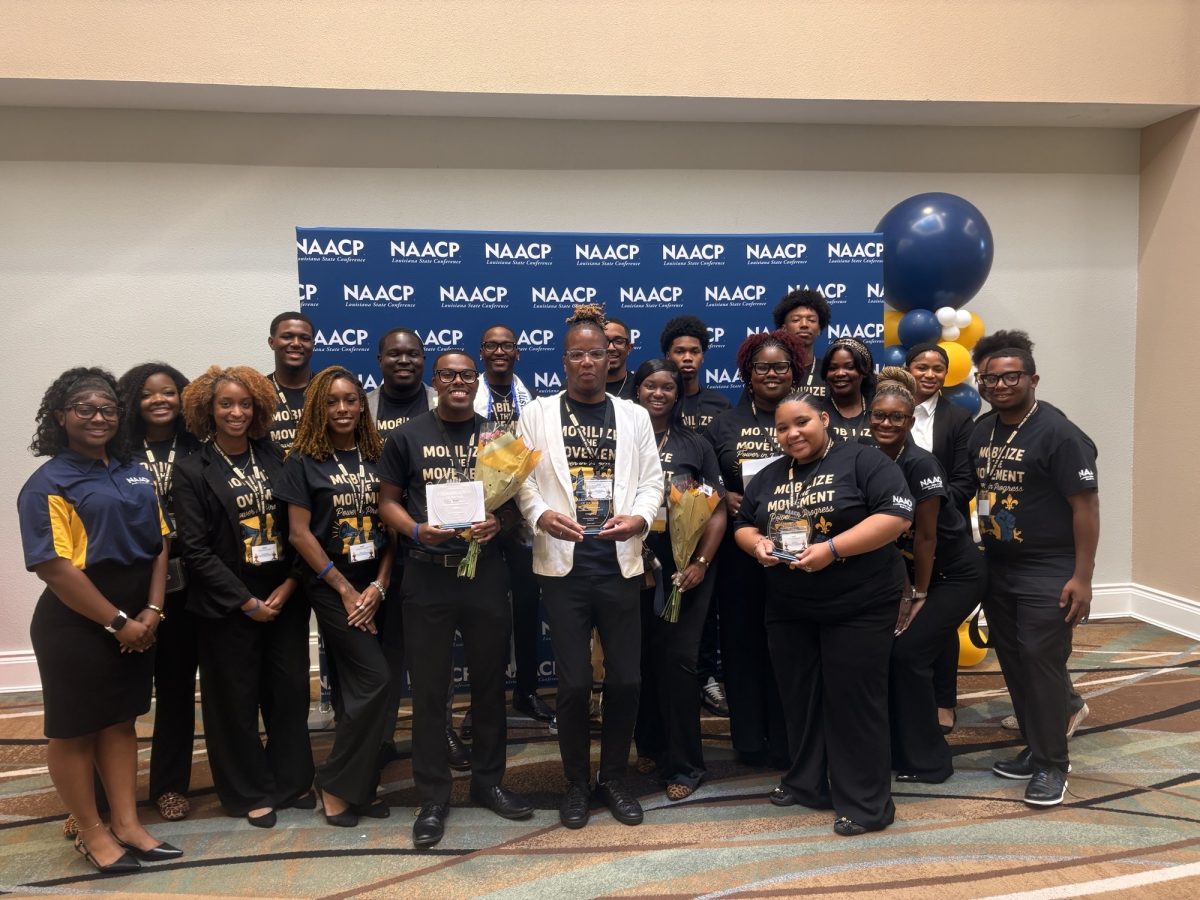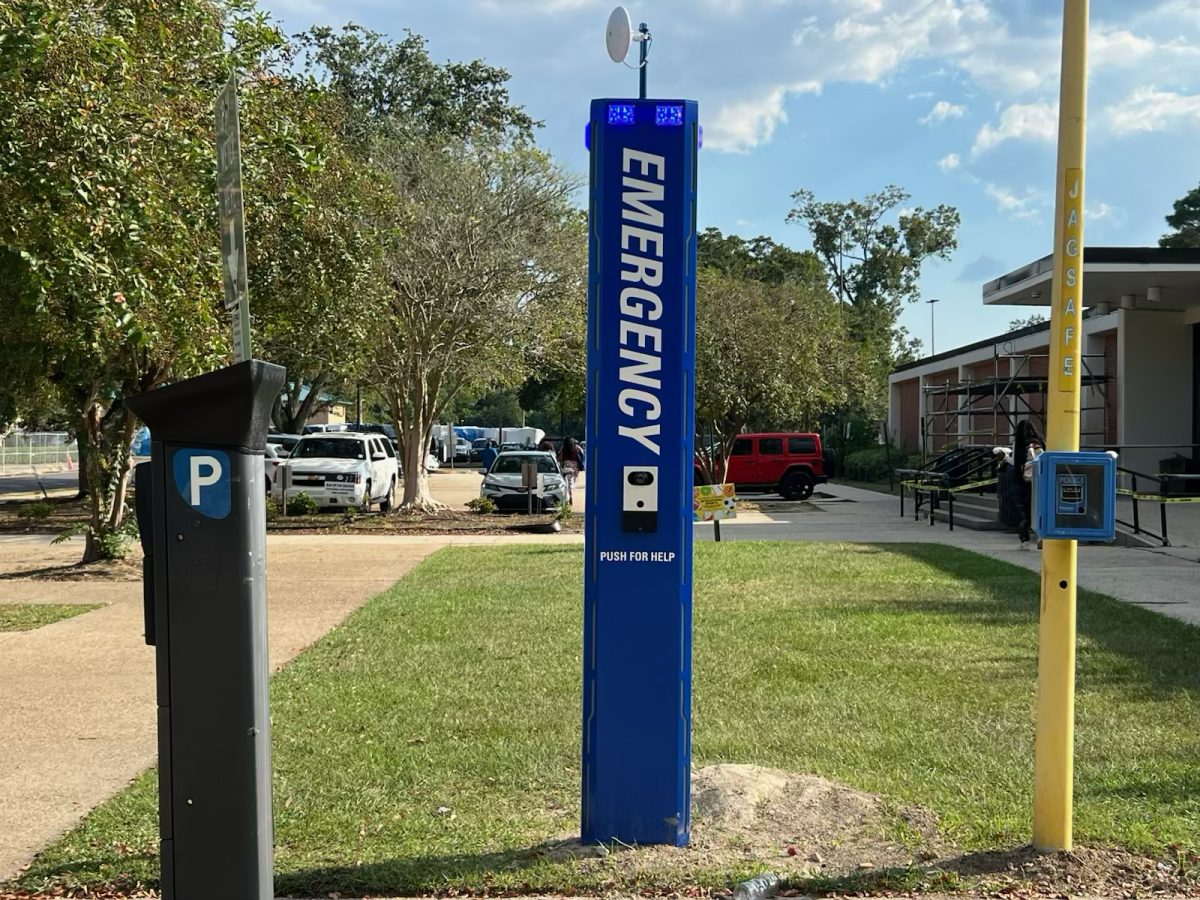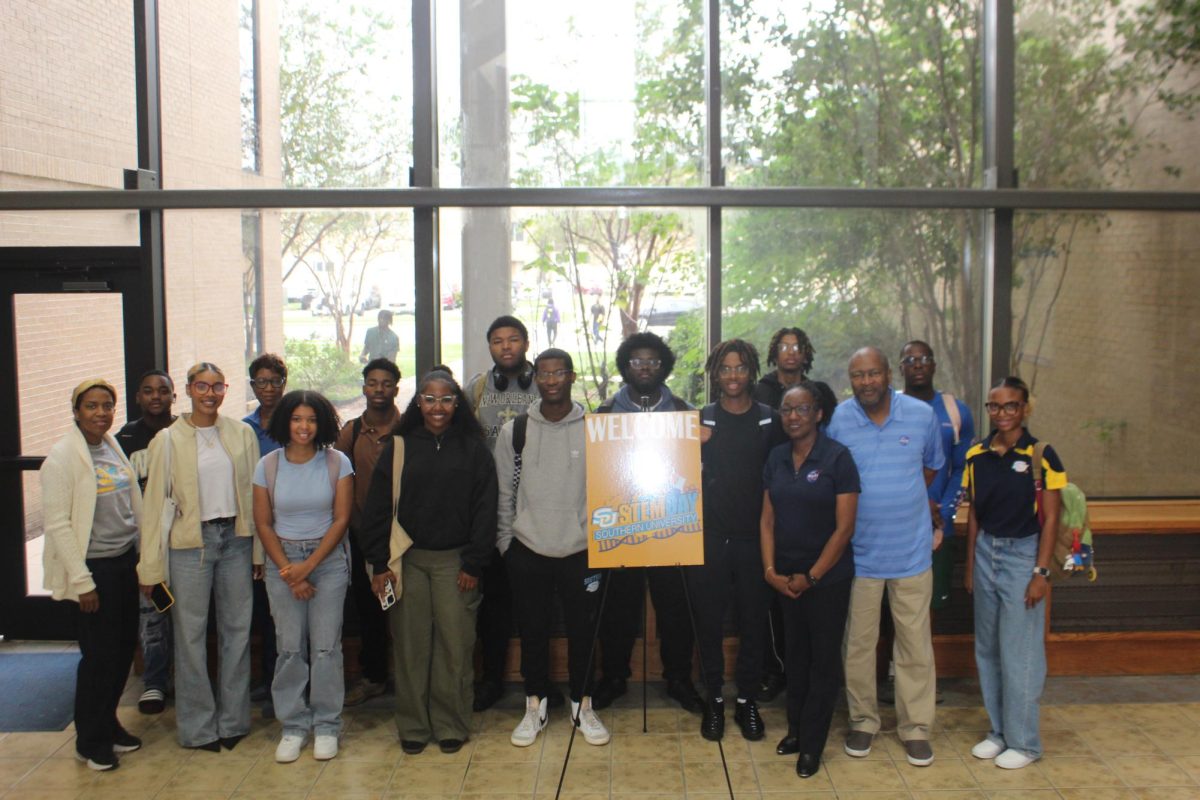Southern University at New Orleans is projected to receive a $1.2 million grant by way of the National Science Foundation, in an effort to combat its STEM problem. The 2017 -2018 school year was a devastating time for the STEM programs in America.
The U.S. Department of Education reported that many districts struggle to fill positions in subjects such as math, the traditional sciences, technical education, health, and computer science, which can be detrimental to our youth and requires immediate action.
The $1.2 million Robert Noyce grant will tackle the shortage of science, technology, engineering and mathematics (STEM) teachers in high-need public schools. Their plan is to recruit, support, and certify 22 STEM teachers. Their activities will also focus on qualifying SUNO undergraduate STEM students enrolled in the Department of Natural Sciences.
Dallas, Texas native, A’Yanna Muigua is a senior Music Education major who proclaims that, “STEM subjects and research is what evolves us as a people into the future and the shortage of such can potentially stunt its forward momentum.”
In contrast to the U.S. Department of Education, the United States Department of Labor reports that their findings are misleading and it’s not that the number of teachers is dwindling, but the number of students has drastically increased.
According to The Manufacturers’ Organization, “The number of STEM teachers has remained stagnant since 2015. Despite we’ve seen a huge growth in pupil numbers, from 8.1 million to nearly 8.6 million, which will hit secondary age within the next 2-3 years.” These Economic projections point to a need for approximately 1 million more STEM professionals than the U.S. will produce at the current rate over the next decade.
Business Insider decided to debunk the “STEM Shortage” by drawing a basic Economic supply and demand chart. According to them, “Demand for STEM majors to exceed supply one would expect that unemployment statistics for recent STEM graduates would be outstandingly low.” However, this is seldom the case.
There is a surplus in STEM graduates, but the problem lies in what they do after graduation. Many do not find jobs within their majors or pursue STEM careers altogether. Business Insider also reports that: 64.5% of computer science majors are working in their major field; 18.7% of computer science majors are not working in the field because of pay, promotion or working conditions; and 11.2% of computer science majors are not working in the field because jobs are not available.
Producing qualified individuals is always every institution’s goal, and although on the back burner, creating avenues for them to succeed these goals is equally, if not more, important.
Southern University Mechanical Engineering major, Javonte Woodson, is well aware of the trend and stressed his worries for his future beyond Southern University. “Southern is preparing me to become a well-rounded engineer. I may even go so far to say specialist. The idea of not being able to work in my field is both haunting and irritating,” Woodson sadly admitted.
Students are spending thousands of dollars to receive their degrees but we must kick up the production a notch. The youth is hungry and to meet their demands, SUS must exceed its past efforts.
Categories:
Stem gets Stumped: Teachers at An All Time Low
April 10, 2018
0
More to Discover

















